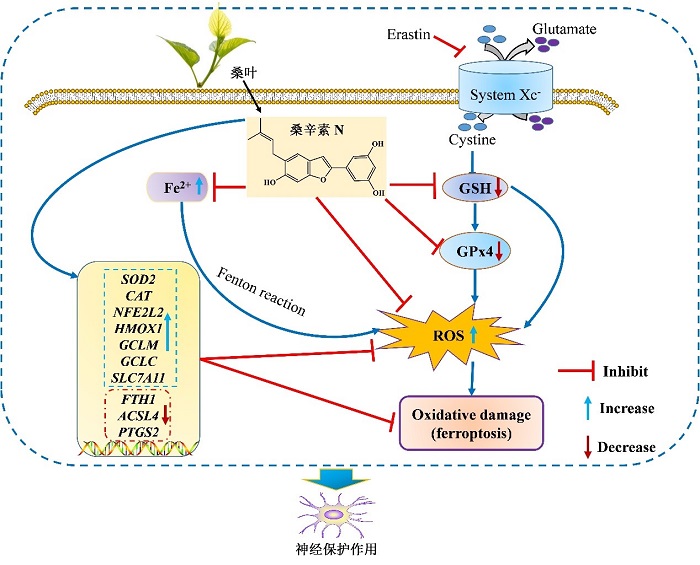

Ageing is an inevitable natural phenomenon characterized by physiological function deterioration and cell homeostasis disorder. The Alzheimer’s and Parkinson’s diseases are the common neurological disorders, which have become a global social problem among ageing population. Increasing attention has been paid to neurodegenerative diseases, but a rapidly ageing population and a limited therapeutic approach still urgently necessitate effective strategies to prevent and/or to treat these diseases.
Young leaf of mulberry is a common vegetable widely consumed in Asia. It has special delicious taste and has been used to make many dietary foods by adding other food materials. Moreover, as a medicinal and edible plant, mulberry leaves have been used as dietary supplements or ingredient in functional foods due to their health benefits. Previous study has been suggested that mulberry leaf might be a potent source of benefit agents with neuroprotective activity. However, the major components responsible for the neuroprotection effect of mulberry leaf remained unknown.
Functional foods research group (PI: Pro. Bao Yang) had reported previously that a serious of prenylated phenolics, the characteristic phytochemicals in mulberry leaf were isolated and identified from mulberry leaf. Their structure and contents were elucidate by NMR and UPLC-MS/MS analysis, respectively. The results indicated that the two novel prenylated flavonoids named as morachalcone D and F, and moracin N were bioactive compounds with neuroprotective agents. Among them, moracin N showed the best neuroprotective activity with an EC50 <0.50 μM, against erastin-induced neurotoxicity in hippocampal nerve HT22 cells. The neuroprotective mechanisms of moracin N included inhibition of glutathione depletion, glutathione peroxidase 4 inactivation, reactive oxygen species overproduction and iron accumulation, as well as improvement of intracellular antioxidant enzyme activities. Moracin N augmented the transcriptional levels of genes involved in antioxidant defense and glutathione biosynthesis in the early state of ferroptosis induction, and downregulated expression of genes related to iron accumulation and lipid peroxidation.
These studies were conducted by Dr. Lingrong Wen and colleagues under the instructions by the corresponding author Pro. Bao Yang. The relevant papers have been published in “Food Chemistry” and “Phytomedicine”. For further reading, please refer to https://doi.org/10.1016/j.foodchem.2020.126236 and/or
https://doi.org/10.1016/j.phymed.2021.153641.

Figure The possible mechanism of moracin N against erastin-induced neurotoxicity.

